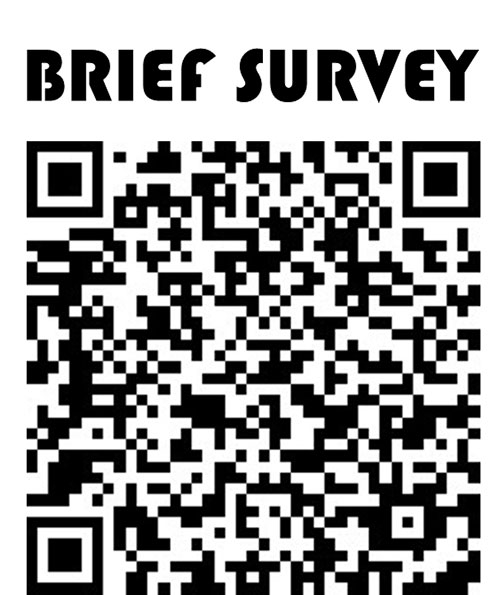You are here
Home ›Lansing residents and visitors still have opportunities to help shape the vision for the future of its Main Street


by Julie Berg-Raymond
A little over a dozen people attended an in-person community meeting Tuesday, July 25 at the Driftless Area Education and Visitors Center in Lansing, aimed at identifying needs, desires and concerns that residents and visitors have for the Main Street/Highway 9 corridor through Lansing. The meeting was the fourth in a series of work sessions led by Aaron Detter, senior transportation planner with Upper Explorerland Regional Planning Commission (UERPC) in Decorah, on the Main Street/Highway 9 Corridor Visioning Plan. Two earlier work sessions involved the Lansing City Council, and one involved business and property owners along the Main Street corridor.
VISIONING PLAN: WHAT IT IS
The Main Street/Highway 9 Corridor Visioning Plan is a detailed study - or cityscape - intended to outline a plan to update Main Street in Lansing. Such an update would include new sidewalks and adjustments for handicap accessibility; new wiring, lights and poles; new sewer and water lines; and fiberoptic internet. The area involved begins at South Road and Highway 9; the focus is on the business district, but the plan also will involve all of Main Street. The City of Lansing hired UERPC with a $20,000 regional Surface Transportation Block Grant (STBG), along with a 20 percent match of $5,000 contributed by the City, to conduct the study.
The overall goal of the planning and visioning process, Detter noted in a recent press release, is “to identify needs, desires and concerns that residents, business owners and visitors have for the Main Street/Highway 9 corridor through Lansing. The end-product will be a community-derived vision for the corridor that considers things like traffic safety, environmental impacts, historic preservation, lighting, streetscape amenities and more. The Community of Lansing will be able to use the plan in pursuing individual projects and funding opportunities and in making decisions about infrastructure investments. Perhaps most importantly, the plan will be a tool for the community in communicating its vision and goals to the Iowa Department of Transportation (DOT) when the time comes to reconstruct Main Street/Highway 9 through the town.”
WHAT ATTENDEES HAD TO SAY
Attendees at the July 25 meeting were asked to form small groups and note, first, things they “love” about Lansing’s Main Street, and then concerns they have about the street. Among the “loves”: the natural beauty of the area - including, one group noted, the “elbow” on Main Street by which visitors heading toward the river make a slight turn, at which point the Mississippi River comes full into view as “Main Street Meets the Mississippi”; the historical aspect of the buildings and structures (one participant said she was happy to see that development of the Plaza included keeping a portion of the blue and white tiles she remembered roller skating on, as a child); the Plaza, itself, as a gathering place; the variety of and ease of access to Main Street merchants; and the decorative flower boxes.
Among the “concerns” noted by attendees were the condition of sidewalks - including inadequate pedestrian access to those sidewalks; outdated infrastructure elements like water and sewer; poor lighting (participants noted some areas of the street not being lit at all, and others said they would like to see lampposts that were more compatible with the historic qualities of the street); lack of vegetation such as trees (both in terms of aesthetics and noise reduction); and inadequate signage throughout the street providing directions to Mt. Hosmer. While most of these concerns were shared by every group, individual participants noted they did not want a new streetscape to be a copy of other small towns; these individuals emphasized the importance of maintaining Lansing’s unique “rustic, small-town” characteristics.
In an email following the workshop, Detter said his biggest takeaway from the meeting is that “there was a strong consensus and desire to retain downtown’s historic and small-town character and for Main Street to be a safe and welcoming place for pedestrians.” During the meeting, Detter had spoken in particular about safety considerations having “a lot of traction with the DOT,” and said, “you can do a lot of beautiful things in the name of safety.”
Detter said he was not surprised by the list of things participants liked, and about which they had concerns, regarding Main Street. And, despite the relatively small turn-out, he also said a larger group probably would not have created a list that looked much different.
“Even with a group the size of what we had, it’s possible to get a general consensus of those in the room - with some unique and diverse opinions, too, of course,” he said. “It’s also important for folks to remember that there are multiple ways for people to provide feedback for this effort, and the community meeting was just one of those options.”
HOW TO CONTINUE PARTICIPATING
Detter said he “want(s) folks to be aware of the brief community survey and interactive mapping tool that are both available right now. There is information posted and displayed around town with instructions on how to participate,” he said. People may access the survey and mapping tool by scanning the QR codes posted (and included above with this article), or by going directly to the sites: The web address for the brief survey - where participants can provide general feedback about Main Street and their ideas for how to make it better - is https://www.surveymonkey.com/r/L2RLKGX. The web address for the mapping tool - where participants can use the interactive tool to identify all the spots they love (and don’t love) on Main Street - is https://arcg.is/1y9T8q2.
WHAT’S NEXT?
As for what comes next, Detter said the survey and mapping tool will be available and collecting feedback at least through the fall. “I’ll be working to summarize and synthesize the information from these community feedback methods, the community meeting, and the work sessions with city council and Main Street business owners,” he said. He will identify the common themes and translate those into proposed concepts for the City to review. He also will coordinate with the Iowa Department of Transportation to make sure the ideas and proposals in the plan are grounded in what is feasible for the Highway 9 corridor in Lansing. “The final plan document will be an expression of the community’s desires and concerns for Main Street, and a collection of streetscape renderings and street cross-sections that reflect the community’s vision for Main Street’s future,” he said. Detter said his goal is that the plan will be finalized by the end of this year or early 2024. “Upper Explorerland Regional Planning Commission is very excited to be working with the City of Lansing on this project, and to help the community in pursuing the future it wants for Main Street,” he said.
For more information about this planning initiative, interested persons are encouraged to call 563-419-6126.

